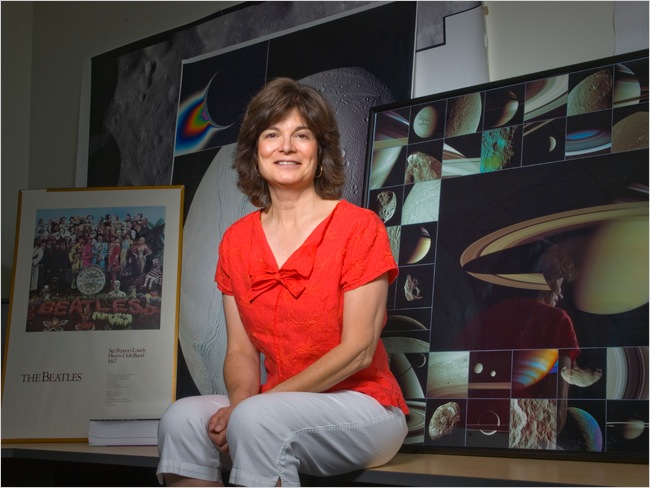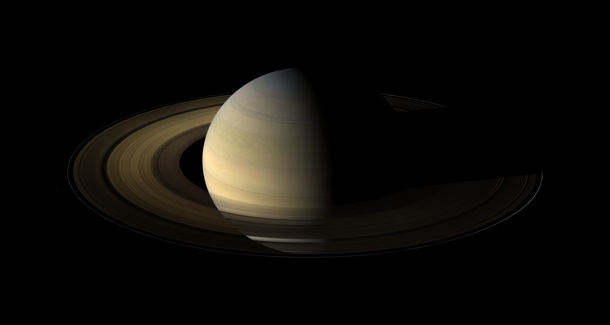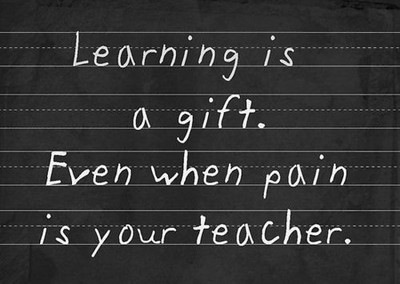





NEWTON AND NEWTON’S THIRD LAW
Just as students have difficulty with Newton’s third law as discussed in the article by Lehavi and Galili, it is of interest to realize that Newton’s under- standing of the significance of the mutual interaction of bodies in their motion did not occur until very late leading up to his writing of the Principia. Cohen published an article on this, which also appeared as an appendix in a revised and updated version of his book.
Newton wrote an essay entitled “De motu” in which he described a calculation of the orbit of a planet in our solar system. He ran into the problem that his calculation did not fit the actual data sufficiently. He realized that assuming a stationary Sun was a potential source of error. He recalculated, but this time he allowed the Sun to move in response to the pull of the planet. The revised calculation yielded numbers within the error of measurements of the orbits of the planet available at the time. Apparently, the notion of the third law of motion was not an explicit and automatic part of Newton’s thinking until this point.
According to Cohen this work was completed shortly before Halley’s visit with Newton, which led to the writing and publication of the Principia. This is in distinct contrast to the impression one often gets from descriptions of Newton’s life in physics textbooks that he went home to avoid the plague dur- ing college and in two years worked out all of his contributions to physics. We should know better and do better in our textbooks because serious historical scholarship on Newton is now eas- ily accessible.
The final paragraph in the article by Lehavi and Galili illustrates the magnitude of the problem caused in physics education by the emphasis in texts on presenting as much of the canon of physics as possible. At best students develop a kind of technician’s view of physics, which is that the goal of learn- ing physics is to remember a list of calculations and facts. In doing so students miss the essence of physics, which is the construction of4 explanations of physical phenomena. Is it any wonder then that students yearning for such intellectual challenge choose other fields to go into?
Dewey Dykstra
Boise State University
At the start of class Mr. Burk handed us back our reassessments that we had taken. The two reassessments that we got back were one that was about Concepts 2.3, 2.3(again), 2.5.2, 2.3.3, 2.5.2(again). In this reassessment it went over a position vs. time graph and how to read it. Also we had to explain it and write an equation, and tell the instantaneous velocity of the cyclist by using the tangent slope method. The other paper that everyone got back was a paper that was about acceleration vs force graphs and also 1/a vs mass graphs. We had to find out the frictional force and how mass afects the acceleration. 1/a vs mass is proportional which is pretty much the same thing as saying that acceleration is inversely proportional to mass. That being said if Mass doubles then acceleration will do what? It will be cut in half. The last thing we got back was 3C in which we went over forces that included vectors in them and the magnitude of them. Also we had to find out the tension forces of strings with weights hanging from them. Then we had to sketch position vs time graphs, velocity vs time graphs, or acceleration vs times graph; for a certain set of data. After the first five minutes of class we went over 3D in detail and made sure that everyone understood that homework assignment. We briefly went over what our homework was and that it was to have the Inertial Balance Lab done by Friday (which is our next class period) and we had to have four parts to it. The three parts include: amplitude independence of inertial balance, determining the relationship between period and mass, massing a clamp in grams, and understanding a complex system. The amplitude independence of inertial balance we have to write a paragraph to show that we understand how the amplitude did not affect the period of the inertial balance. For determining the relationship between period and mass we have to make a period vs mass graph , find a linearized version of that graph and then write an equation for the linearized graph and include a paragraph along with it, then we must write one paragraph and make a graph theat explains how to find out the mass of a single clamp in grams. For understanding a complex system we must understand that if you add mass to the balance or suspended from it it doesn't change the results. Use this to explain why we draw free body diagrams of complex things as simple dots. Finally, for the last thing that we did during this class period we took notes on some new topics:
How does the tension force of William on Sana
compare to the tension force of Sana on William. (They are equal in size, opposite in direction)
A novice student would say that the stronger person pulls harder, when in fact this is wrong. An observation that we made in class is that when two people pull on each other's spring scales, the force reading is the same. Also, the force acting on person 1's spring scale is done by person 2. And the tension force acting on person 2's spring scale is done by person 1. This class covered some interesting concepts and a really big idea that had previously been discussed that when the Force(net) is = 0, the velocity is constant. Whether it is not moving or just moving at the same speed it was moving. The scribe for Friday... is Burge.


Setup a separate chat with your professor, your TA, and a student who took the same course in a previous semester.
In each chat session, ask the same question:
If you were to write an advice guide about doing incredibly well in this class, what would the chapters be?
It takes around an hour to complete this exercise. But it’s results are near magical. Gone is the guesswork about notetaking, reading, and how best to review. In its place is specific advice that is tuned to the specific challenge you face. You’d have to be a real slacker not to do well with this treasure map in hand.
 , finding the change of x by measuring the start and end of the green blob, finding the difference and then subtracting the diameter of a tennis ball from that. Then we made a velocity vs. time graph and found the area under the graph to discover the height from which the tennis ball was dropped. After that we were done analyzing the picture of the tennis ball, so we started on a lab. The goal of the lab was to find the relationship between force and acceleration. We did this by pulling a cart along a table and measuring the force acting on it and the carts acceleration. We measured the force acting on the cart by pulling the cart with a set number of springs, because each spring, stretched to a constant distance, exerts a constant force on an object. We measured the acceleration of the object using the motion sensors. Finally, we graphed the force on the cart verse the acceleration that the cart was experiencing and found that they were directly proportional to each other, when friction was taken into account. Our homework was worksheet 3B. The next scribe is Matthew, unless he has already gone. I'm not sure.
, finding the change of x by measuring the start and end of the green blob, finding the difference and then subtracting the diameter of a tennis ball from that. Then we made a velocity vs. time graph and found the area under the graph to discover the height from which the tennis ball was dropped. After that we were done analyzing the picture of the tennis ball, so we started on a lab. The goal of the lab was to find the relationship between force and acceleration. We did this by pulling a cart along a table and measuring the force acting on it and the carts acceleration. We measured the force acting on the cart by pulling the cart with a set number of springs, because each spring, stretched to a constant distance, exerts a constant force on an object. We measured the acceleration of the object using the motion sensors. Finally, we graphed the force on the cart verse the acceleration that the cart was experiencing and found that they were directly proportional to each other, when friction was taken into account. Our homework was worksheet 3B. The next scribe is Matthew, unless he has already gone. I'm not sure.

The happiest students are those who try to shape their life into something that’s meaningful, quality, and enjoyable right now; the type who get excited about the philosophy seminar they got into, and then spend an early Fall day outside getting acquainted with the reading. These students aren’t afraid of hard work, but they keep it carefully contained, because they know there’s a lifetime more where that came from, and if they can’t handle it well now, when will they ever?
If you’re not trying to live well now, what are you waiting for?
Copyright © 2008 Burk Physics Honors (2009-10) - Design by Styleshout | Blogger Template by Blog and Web